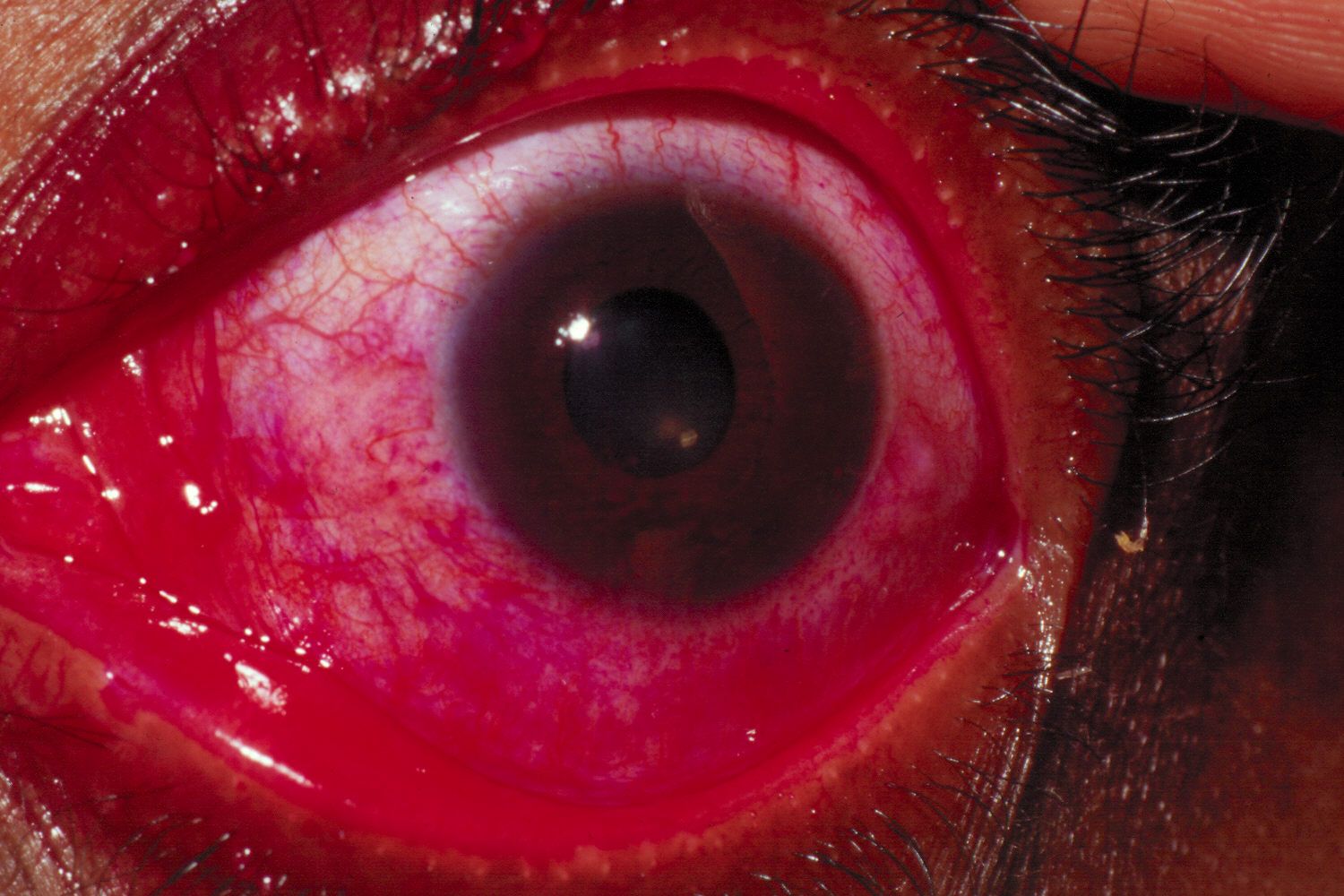Article
Risuteganib for DED: Promising treatment with increased TBUT, low staining scores
Author(s):
Eric Donnenfeld, MD, highlights study results exhibiting risuteganib as a potential treatment option for dry eye disease.
Image courtesy of Eric Donnenfeld, MD

Reviewed by Eric Donnenfeld, MD
Risuteganib (ALG-1007, Allegro Ophthalmics, LLC) downregulates oxidative stress resulting from mitochondrial dysfunction and inflammation, and because of this capability, the drug seems to be a potential treatment for dry eye disease (DED), which is being shown increasingly to be driven by inflammation.
A recent dose-ranging study indicated that the topical 0.6% dose of the drug was the most effective of the doses evaluated against dry eye disease,1 and the study under discussion found that dose to be safe and effective compared with other combination formulations tested, according to Eric Donnenfeld, MD, clinical professor in the Department of Ophthalmology at New York University Grossman School of Medicine, New York, and founding partner of Ophthalmic Consultants of Long Island in Garden City, NY.
This prospective, randomly assigned, double-masked, vehicle-controlled study conducted from January to May 2020 had 4 arms that included 16 patients each.
The patients were assigned to 1 of the following: vehicle and 0.125% sodium hyaluronate; vehicle and 0.6% risuteganib; and the ALG-1007 arm that included vehicle, 0.125% sodium hyaluronate, and 0.6% risuteganib.
The participants instilled 1 drop of their assigned treatment twice daily.
The objective of the study was to determine the safety and efficacy of the 0.6% dose compared with the control and determine the contribution of each ingredient to the treatment effect.
The measurements included the changes from baseline compared with the status at 12 weeks of the tear film breakup time (TBUT) and corneal and conjunctival staining scores. Symptoms were assessed based on the Dry Eye Management Scale (DEMS) and the Visual Analog Scale (VAS), according to Donnenfeld.
Results
The baseline TBUT was about 4 seconds in all arms and showed the greatest improvement at 12 weeks in descending order: the ALG-1007 arm (12 seconds), risuteganib arm (about 9.5 seconds), sodium hyaluronate arm (about 8.5 seconds), and vehicle (about 7.5 seconds).
The difference achieved with the ALG-1007 formulation reached significance (P<0.001).
Significant (P < 0.001) concomitant decreases in the inferior corneal staining were seen in all arms with the lowest score seen in the ALG-1007 arm.
Significant (P < 0.001) treatment effects also were seen in the nasal conjunctival staining with the greatest decrease in the scores in the vehicle and 0.6% risuteganib arm and followed closely by the ALG-1007 arm.
The DEMS and VAS scores also improved, with the best improvements in the ALG-1007 arm.
In addition, the safety profile was good with no adverse events, ocular irritation, or prolonged visual blurring reported, according to Donnenfeld.
“The study suggests promising results for ALG-1007 for the treatment of signs and symptoms of DED,” he said. “The results support the development of a larger US Phase 2b study.”
--
Eric Donnenfeld, MD
E: ericdonnenfeld@gmail.com
This article is adapted from Donnenfeld’s presentation at the American Society of Cataract and Refractive Surgery 202 annual meeting in Las Vegas. He is a consultant to Allegro Ophthalmics, LLC.
---
Reference
1. Lindstrom R, Donnenfeld E, Holland E, et al. Safety and efficacy of ALG- 1007 topical ophthalmic solution – A synthetic peptide that regulates inflammation, in patients with dry eye disease: an exploratory phase I, open-label, single-center clinical study. Am J Ophthalmic Clin Trials 2020;3:10. DOI:10.25259/AJOCT_1_2020
Newsletter
Don’t miss out—get Ophthalmology Times updates on the latest clinical advancements and expert interviews, straight to your inbox.




